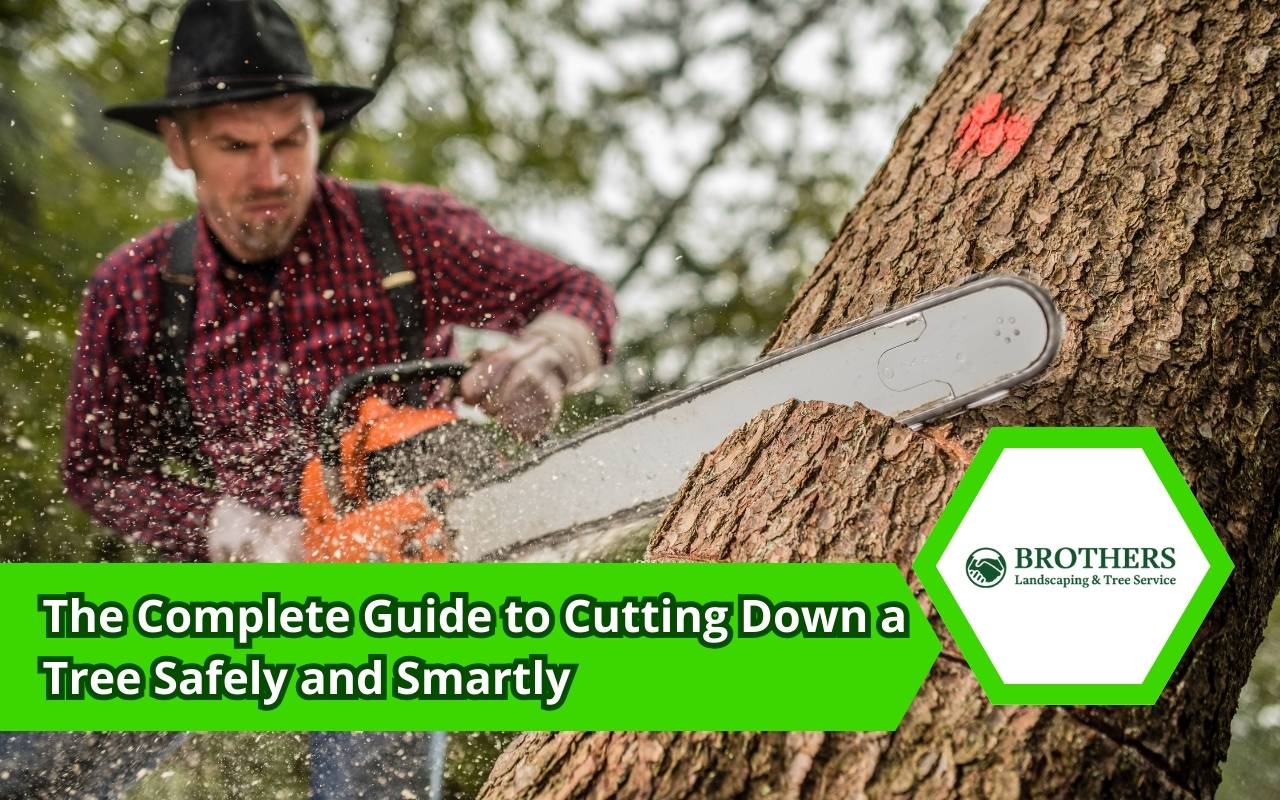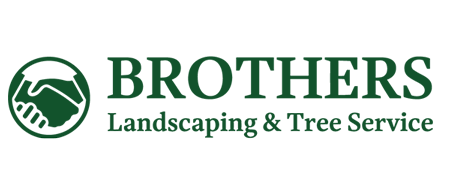
Standing before a towering tree you need to remove can be daunting. The task requires preparation, planning, and safe execution. Understanding how to cut down a tree effectively means respecting the process and avoiding careless mistakes. Each choice you make matters, from picking tools to mapping the fall direction. With knowledge and preparation, you can turn a risky job into a controlled project. This guide shares proven tips to handle tree removal with confidence and care.
Assessing Tree Characteristics and Surroundings
Before you swing an axe or power a chainsaw, assess the tree carefully. Species, health, and size all affect the process. Decayed or cracked wood can break unpredictably, raising risks. Take your time and avoid rushing this step. Equally important, study the surroundings. Clear a drop zone and always plan your escape routes. Watch for obstacles such as vehicles, fences, or overhead lines. Remember, learning how to cut down a tree begins with smart observation and preparation.
- Identify the tree species and health
- Check for decay, cracks, or disease
- Map clear escape paths
- Observe wind and weather conditions
Choosing the Right Tools and Equipment
Tree cutting success relies on selecting proper equipment. A chainsaw sized to the trunk ensures clean and controlled cuts. Keep chains sharpened, engines tuned, and fuels fresh. Personal protective equipment is equally essential. Goggles, helmets, gloves, and boots all protect you during the process. Safe results depend on never skipping protective gear.
- Choose a chainsaw with the correct bar length
- Maintain equipment before starting
- Wear goggles, gloves, and a helmet
- Use cut-resistant clothing for extra safety
For expert assistance, explore our comprehensive tree safety guide with detailed insights.
Creating a Safe Work Zone
A controlled work zone prevents accidents. First, remove debris and unnecessary tools from the area. Next, establish a drop zone at least one and a half times the tree’s height. Mark escape routes at 45-degree angles away from the fall direction. By controlling the workspace, you minimize distractions and risks. These precautions are essential if you want to learn how to cut down a tree without unnecessary danger.
- Clear obstacles and debris
- Define a wide drop zone
- Mark at least two escape routes
- Keep bystanders at a safe distance
Determining the Direction of the Fall
Predicting fall direction combines observation and technique. Assess the lean, branch weight, and root stability. Consider wind strength and nearby obstacles. Adjustments such as pruning limbs or using wedges can guide the fall. When planning tree cutting, control the path rather than leaving it to chance. Careful preparation ensures safety and precision.
Making the Initial Cut
The notch cut sets the stage for a predictable fall. Create a clean face cut toward the chosen direction. A precise angle forms a hinge that guides the tree downward. Use steady pressure and let the saw work. Avoid forcing the blade or rushing. Patience ensures accuracy and safer results.
Executing the Back Cut
The back cut releases the tree from its stump. Place it slightly above the notch to form a hinge of fibers. This hinge controls the pivot and directs the fall. Keep the hinge thickness consistent—about ten percent of the trunk diameter. Always step back along your escape route once cutting nears completion. Staying alert is critical at this stage.
Managing the Tree Fall
As the tree begins to fall, move promptly along your escape route. Keep your eyes on the tree at all times. Expect sudden movements and remain cautious of branches snapping under pressure. Never approach the trunk until all motion stops. Calm, careful actions reduce risks and give you control over the process.
Ensuring Proper Cleanup and Disposal
Cleanup is the final phase of safe tree removal. Cut large branches first, then move upward. Organize piles by size to simplify disposal. Section the trunk for reuse or firewood if desired. Coordinate with waste services for responsible disposal. A tidy site prevents hazards and leaves the area ready for future use. For professional help, visit our Belfair tree removal services.
FAQs
How do I know if a tree is safe to cut?
Check for disease, cracks, or decay. Healthy trees are easier and safer to cut than damaged ones.
What tools are necessary for tree cutting?
A reliable chainsaw, safety gear, and wedges are the essential tools for effective tree cutting.
Can weather affect tree cutting?
Yes. Wind and rain can alter the fall path and create dangerous conditions. Always check weather before cutting.
Should I cut a tree near power lines?
No. Cutting trees near power lines is extremely dangerous. Contact professionals for this type of removal.
Where can I get expert tree removal help?
You can reach experienced professionals through our contact page for safe assistance.
Reviewing Safety Protocols and Best Practices
After completion, inspect equipment and store it properly. Review what worked well and what needs improvement. Continuous learning builds both confidence and skill. Following proven methods strengthens your knowledge of how to cut down a tree safely. Regular training and feedback raise safety levels over time.
Mastering the Art of Tree Cutting
Tree cutting combines planning, technique, and respect for safety. By assessing conditions, equipping properly, and cutting with care, you achieve controlled results. Each project expands your experience and prepares you for greater challenges. For professional guidance, explore tree removal services in Tacoma. These resources support your growth in mastering how to cut down a tree safely and responsibly.
